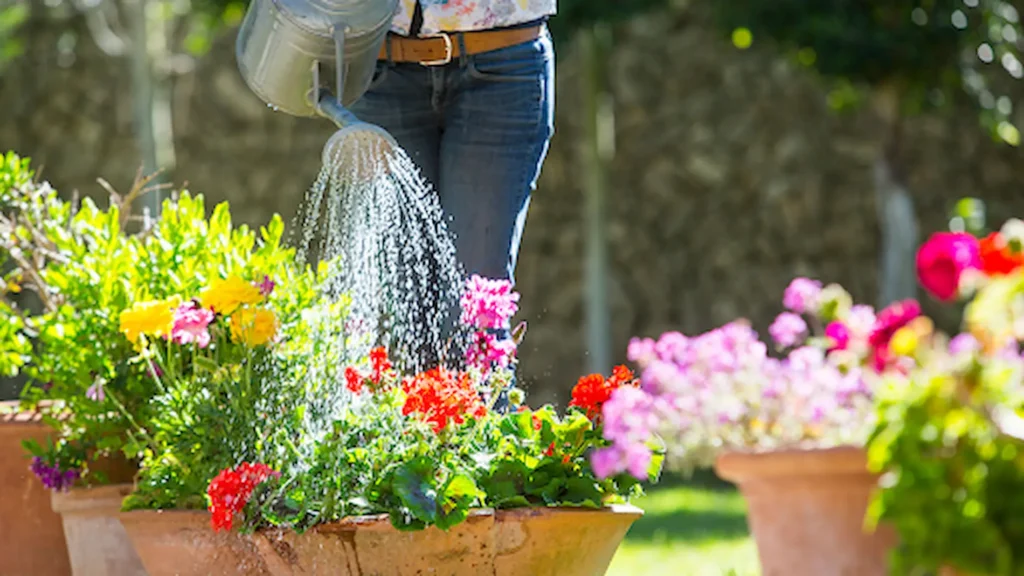Balcony gardening is a peaceful and rewarding way to bring nature into your home, especially in cities where space is limited. But one common challenge balcony gardeners face is keeping plants healthy while conserving water. That’s where rainwater harvesting comes in. By collecting and reusing rainwater, you can support your balcony plants in an eco-friendly, sustainable way—while also reducing your water bills.
If you’re living in the USA and looking for smart, green solutions for your apartment garden, learning how to use rainwater harvesting for balcony plants is a great place to start.
How Rainwater Harvesting Helps Balcony Gardeners
Rainwater is naturally soft and free from chemicals often found in tap water, making it ideal for watering potted plants. For those who live in apartments or urban areas, collecting rainwater during rainy seasons ensures you have a backup water source during dry days.
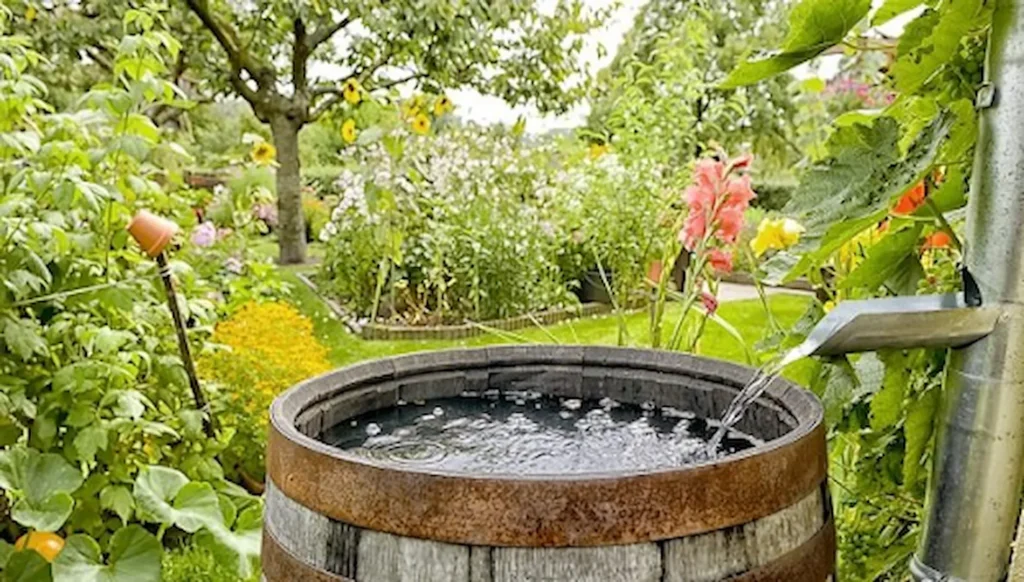
Harvested rainwater helps maintain healthy soil and supports sustainable gardening practices. Plus, it’s one of the easiest ways to begin your journey toward sustainable living, especially in compact spaces.
You can learn more about sustainable habits in our Sustainable Living section.
Setting Up a Balcony Rainwater Harvesting System
You don’t need a large space or expensive equipment to get started. Even a basic setup can help you collect enough rainwater for your container plants.
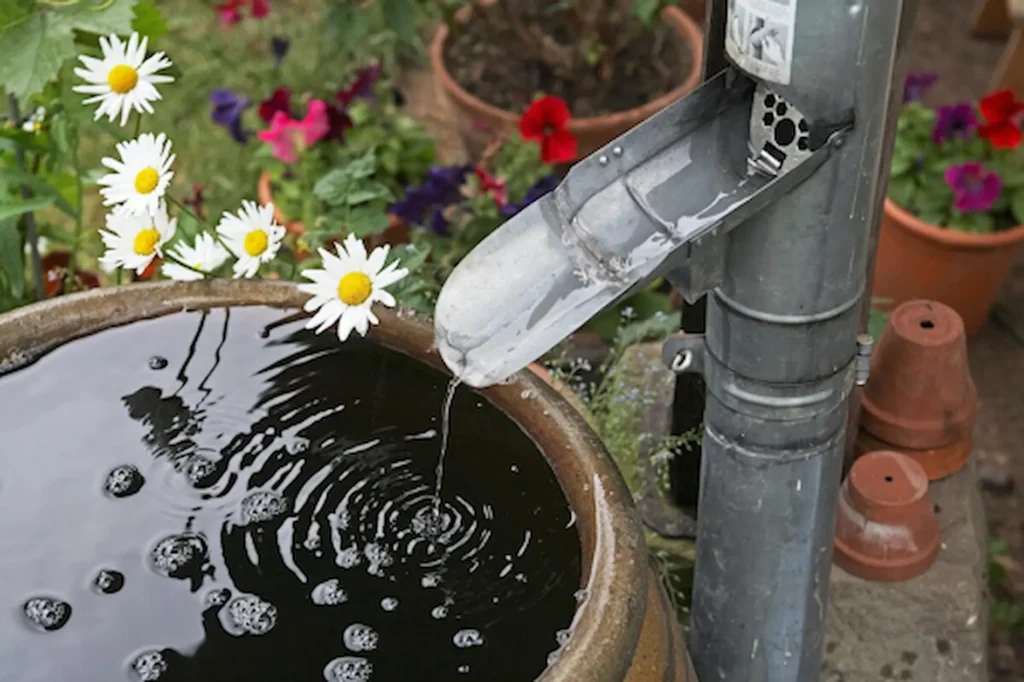
Start by placing a clean container or bucket where rain naturally falls—such as near a railing or under an open roof section. You can also use plastic bins, recycled barrels, or purpose-made rainwater containers. To keep the water clean, cover the top with mesh to prevent debris or insects from getting inside.
For those interested in DIY or eco-friendly urban gardening solutions, check out our Urban Gardening resources for more balcony-friendly ideas.
Tips to Use Rainwater Effectively for Balcony Plants
Once collected, store rainwater in shaded areas to avoid algae growth. Use it within a few days to keep it fresh. Water your plants during early morning or late evening to reduce evaporation and make the most of your rainwater.
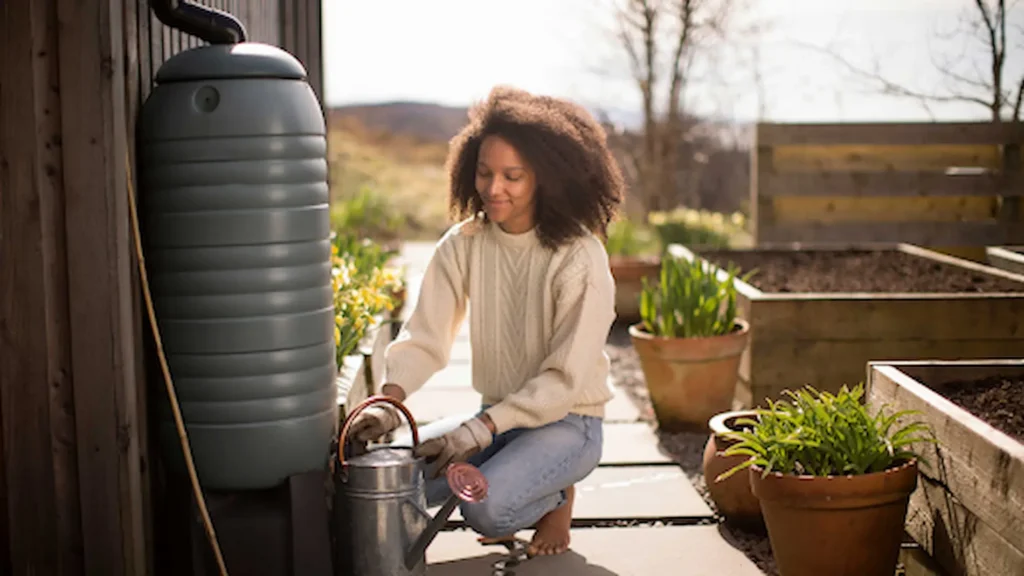
If you want to reuse water in other ways—like cooling systems, washing patios, or even flushing toilets—you can explore ideas in our Renewable Energy Awareness category.
Also, don’t forget that smart water use contributes to broader environmental goals like climate education and biodiversity conservation. You can explore more in our Climate Education and Wildlife Conservation and Biodiversity sections.
Safety Tips for Balcony Rainwater Harvesting
Always ensure your containers are securely placed and don’t block any emergency exits. Avoid using water that’s been stored too long or has collected from rooftops treated with chemicals. Keep everything clean and covered, especially in areas where pets or children play.
If you’re unsure where to begin or need personalized tips for your region in the USA, you can always get in touch with us for guidance.
Eco-Friendly Benefits Beyond Gardening
Collecting and using rainwater supports more than just your plants. It’s a small but powerful step toward eco-friendly living, reducing your dependence on treated municipal water and lowering your overall water consumption.
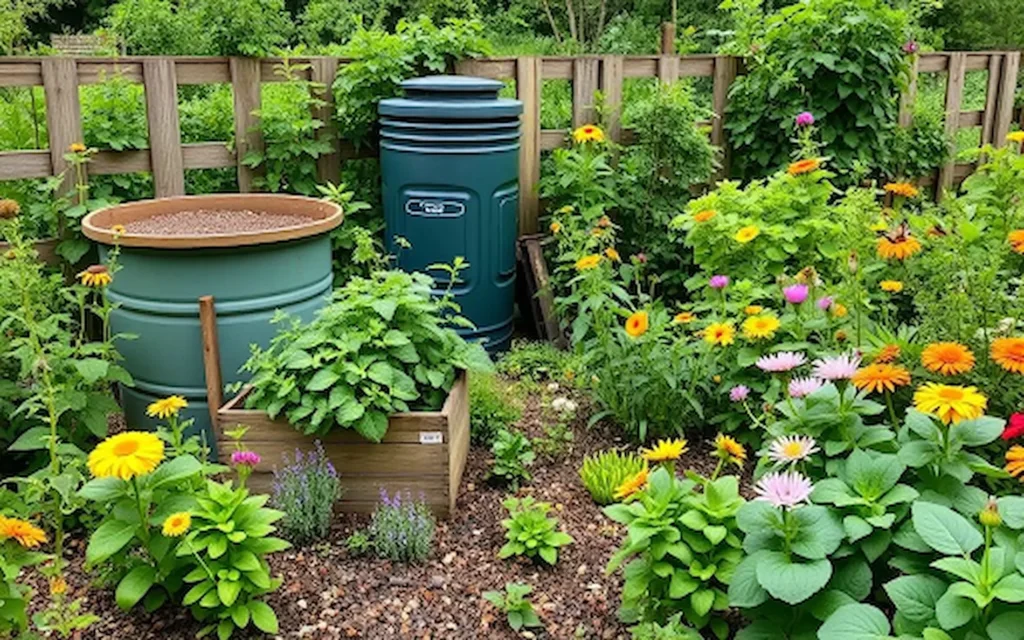
If you live in a drought-prone area or want to build resilience against rising water bills, rainwater harvesting offers a real solution. It’s also part of a larger movement of sustainable living in the USA, where people are turning to natural systems to reduce their footprint.
Want to explore more sustainable lifestyle practices? Our Sustainable Living page is a great place to start.
Enhancing Rainwater Storage with DIY Upgrades
As your balcony garden grows, you may want to upgrade your harvesting setup. You can install a mini rain barrel fitted with a faucet, making it easy to fill your watering can. Some gardeners even build vertical storage systems or install drip lines to distribute the stored water efficiently.
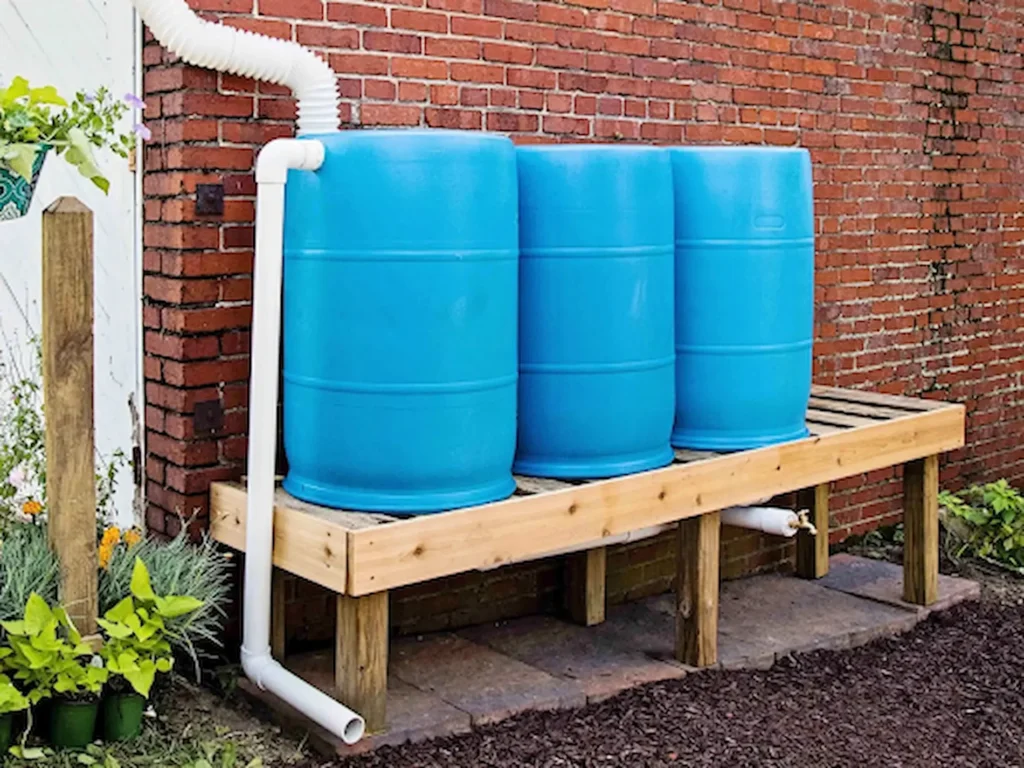
Using gravity, you can also place the container slightly higher to naturally water your plants using hoses or pipes. This requires minimal effort and helps you control the amount of water each plant receives. DIY guides and green tech innovations are discussed in more detail in our Renewable Energy Awareness section.
Can Rainwater Impact Local Biodiversity?
Absolutely. By reducing runoff and limiting chemical-based watering systems, rainwater harvesting helps protect local water systems, which in turn supports nearby plants and animals. Even if you’re gardening on a high-rise balcony, your effort contributes to a broader environmental benefit.
Small urban efforts, when combined, make a big difference to biodiversity, pollinator survival, and healthier ecosystems. To understand how your balcony garden connects to the natural world, visit our Wildlife Conservation and Biodiversity page.
Why Choose Green Zone Hub?
At Green Zone Hub, we are dedicated to helping individuals, families, and communities make sustainable choices that truly matter. Our expert content covers everything from urban gardening and climate education, to renewable energy and biodiversity conservation—all tailored for readers in the USA who want to live smarter and greener.
We believe change begins at home. That’s why we guide you through practical, realistic steps to reduce your environmental footprint—starting from your own balcony. Whether you’re looking to conserve water, create eco-friendly spaces, or simply make informed decisions, Green Zone Hub is your go-to platform for green living support.
Conclusion
Rainwater harvesting for balcony plants is not just a clever idea—it’s a sustainable, affordable, and environmentally responsible choice. Whether you’re a beginner balcony gardener or someone looking to reduce water waste in your apartment, using rainwater can help your plants thrive while supporting larger climate goals. In the USA, where urban spaces are growing and natural resources are being stretched, small actions like this make a meaningful impact.
By reusing what nature already gives us, you turn your balcony garden into a space that is not only green—but also smart.
Frequently Asked Questions (FAQs)
Q1: Is rainwater safe for all balcony plants?
Yes. Rainwater is generally safe for most potted plants as it’s free from chlorine, salts, and other chemicals found in tap water.
Q2: How much rainwater can I collect on a small balcony?
Even a small container (5–10 gallons) placed under an open railing or eave can collect enough water for several days of plant watering during a single rainstorm.
Q3: Can I store rainwater long-term?
It’s best to use rainwater within a few days. If storing longer, keep it in a shaded, sealed container to avoid algae or mosquito growth.
Q4: Do I need any special tools to collect rainwater?
No. You can start with everyday items like buckets, bins, or repurposed containers. For upgrades, mini rain barrels with spouts or DIY drip systems are helpful.
Q5: Will collecting rainwater help reduce my water bills?
Yes. While the savings may be small for balcony gardening alone, it’s a positive step toward reducing your overall water usage, especially if combined with other green practices.
Q6: What kind of containers are best for collecting rainwater on a balcony?
Use food-grade plastic barrels, recycled bins, or even large flower pots without drainage holes. The container should be stable, weatherproof, and easy to clean.
Q7: Can I collect rainwater if my balcony is covered?
Yes, but you’ll need to get creative. Use gutters or pipe extensions to divert water from the roof to your collection container, or uncover a section temporarily during rain.
Q8: Is it legal to collect rainwater in the USA?
In most states, yes, rainwater harvesting is legal and even encouraged. However, regulations vary. Some states require that the collected water is only used for non-potable purposes like irrigation.
Q9: How can I prevent mosquitoes from breeding in my rainwater?
Cover your water containers with fine mesh or tight-fitting lids. You can also add a few drops of natural mosquito repellent oils or use mosquito dunks that are safe for plants.
Q10: Can I automate rainwater watering for balcony plants?
Yes. You can connect your storage container to a drip irrigation system or a gravity-fed hose setup. It’s a great option if you’re busy or travel often.
